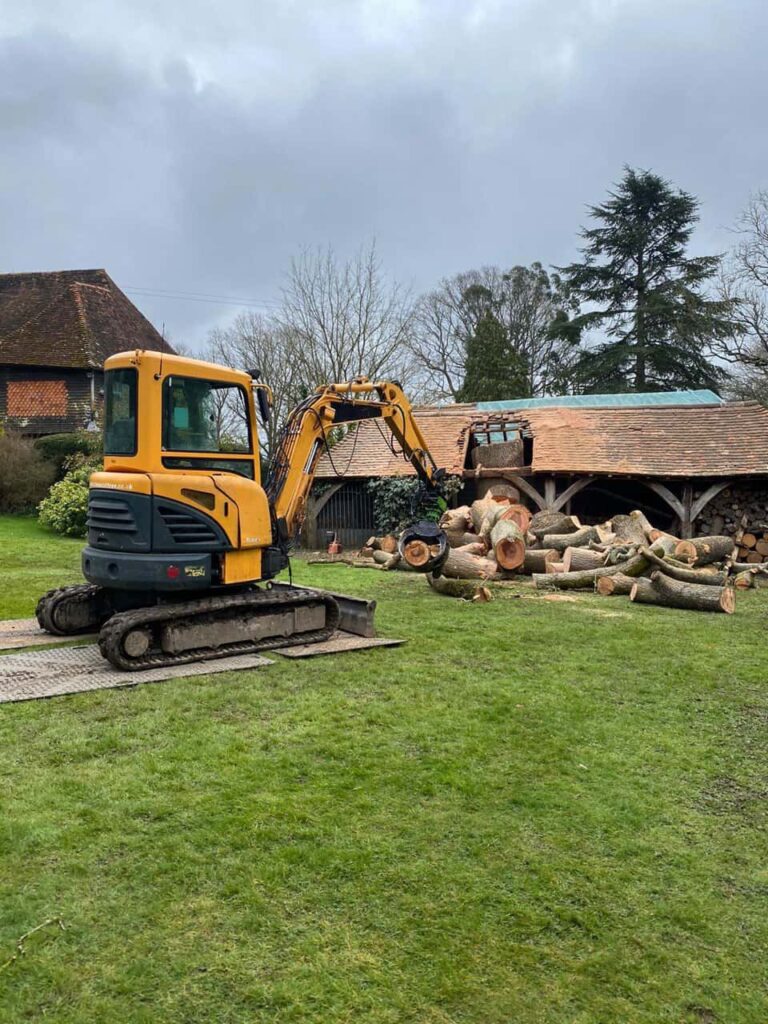Introduction: Pruning is an essential practice in arboriculture, and it involves more than just trimming branches for aesthetic purposes. To be an effective arborist, it’s crucial to understand the science behind pruning, particularly tree physiology. In this blog post, presented by Thetford Tree Surgeons, we’ll delve into the fascinating world of tree physiology and how it informs tree pruning practice.
The Basics of Tree Physiology
Trees are complex living organisms with intricate biological processes. Understanding tree physiology is essential for making informed decisions regarding pruning. Here are some fundamental aspects of tree physiology:
1. Growth Hormones
Trees produce growth hormones called auxins, which influence the direction and rate of growth. These hormones are primarily produced in the apical meristems at the tips of branches and shoots. Understanding auxins’ role helps arborists make strategic pruning cuts to control tree growth and shape.
2. Photosynthesis
Photosynthesis is the process by which trees convert sunlight, water, and carbon dioxide into energy (in the form of sugars) and oxygen. Leaves play a vital role in photosynthesis. When pruning, it’s essential to avoid removing too many leaves, as this can disrupt the tree’s ability to produce energy and negatively impact its health.
3. Vascular System
Trees have a vascular system that includes xylem and phloem. Xylem transports water and nutrients from the roots to the leaves, while phloem carries sugars and other organic compounds from the leaves to other parts of the tree. Pruning cuts should be made carefully to avoid damaging these vital vascular tissues.
4. Compartmentalisation
Trees have a remarkable ability to compartmentalise wounds caused by pruning or other injuries. They create protective barriers to isolate and limit the spread of diseases and decay. Understanding this process helps arborists make precise and minimally invasive cuts to promote healing.
The Goals of Pruning
Pruning serves various purposes, and understanding tree physiology guides arborists in achieving specific goals:
1. Health and Safety
Pruning can remove dead or diseased branches, reducing the risk of disease spread and potential hazards. Understanding how trees respond to pruning aids in making precise cuts that promote tree health and safety.
2. Structure and Growth
Proper pruning techniques can shape a tree’s structure and encourage healthy growth. Understanding the role of auxins and the direction of growth helps arborists make strategic cuts to achieve desired tree forms.
3. Aesthetics
Aesthetic pruning enhances a tree’s appearance while maintaining its health. Knowing tree physiology allows arborists to make selective cuts that improve tree aesthetics without compromising vitality.
Conclusion: Tree physiology is a fundamental aspect of arboriculture, underpinning the science of pruning. A deep understanding of how trees grow, produce energy, and respond to injuries is essential for making informed decisions when caring for trees. At Thetford Tree Surgeons, we recognise the importance of combining scientific knowledge with skilled craftsmanship to provide the best possible care for trees. By understanding tree physiology, we can ensure that our pruning practices not only enhance the beauty of trees but also promote their long-term health and vitality.
Call us on: 01842 771 096
Click here to find out more about Thetford Tree Surgeons
Click here to complete our contact form and see how we can help with your tree’s needs.

